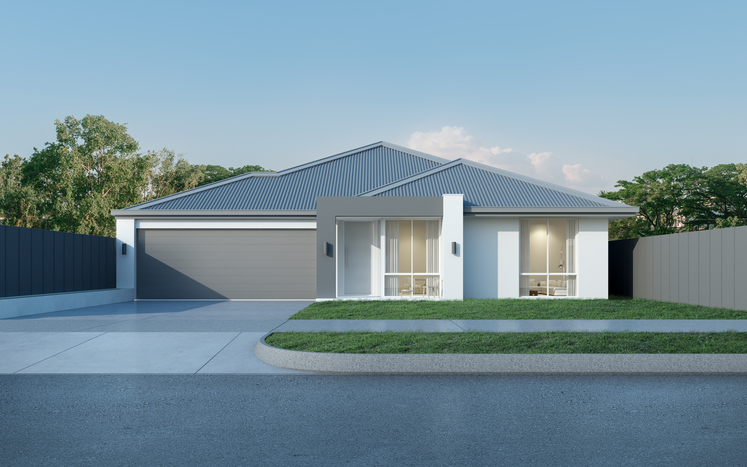8 Ways to Soundproof Your Home

Your home is your sanctuary. However, if outside noises prevent you from getting the rest and relaxation you need, your health and productivity could suffer. Soundproofing your home doesn't need to be a huge, expensive hassle. There are some easy ways to dampen the sound of your neighbor's dog barking or reduce the sound of trucks roaring down the freeway.
First, What is Noise?
Sound is created when vibrations move through the air. Since vibrations that cause sound—and ultimately noise—are tiny, they can sneak into your home through the smallest crack or crevice. To keep sound out, you must put something in its path, blocking it from entering your inner sanctum—but what?
Generally speaking, materials used for soundproofing should:
- Be solid so noise can't enter through cracks and holes
- Be dense so they’re less likely to vibrate or allow vibrations to pass
- Isolate sounds preventing them from being transferred from one object or place to another
Goals of Soundproofing
There are two goals when soundproofing your home — sound reduction and sound absorption:
- Sound reduction stops the noise from getting inside your home.
- Sound absorption stops noise that does enter from reverberating in the room.
Windows, especially older, single-pane windows, are notoriously bad for letting sound infiltrate your home—but leave no stone unturned when soundproofing. These eight simple tips will show you how to soundproof your home, so you sleep better and enjoy your abode to the fullest:
Fill cracks and holes. The first step in any soundproofing plan should be addressing cracks, gaps and holes. Regardless of how tiny they look, be sure to seal openings around siding, windows and doors with latex or flexible polyurethane caulk. Fill gaps around piping or utility wires with putty or expanding foam. For especially noisy conditions, such as homes near airports or on very busy streets, consider sealing mail slots and replacing pet doors with interior drywall and a matching exterior material.
Replace your doors. As the largest single opening in your home's walls, doors are a gateway for noise to enter your home. Instead of foam-core or glass-paneled doors, install solid-core doors, which will block more sound. You should also install good-quality storm doors on the exterior to add a layer of sound protection between your house and the outside environment. If sound is really a problem in your home, replace interior doors (which are usually hollow) with solid wooden doors.
Install window inserts. Windows are especially problematic. Inserts offer effective ways to soundproof your windows. Plus, depending on the type of window you have, they can reduce up to 70 percent of outside noise. Easy-to-install inserts fit snugly into the interior window jamb and require no hardware. Inserts not only reduce noise, they also make your home more energy-efficient. Plus, they're great for renters who can't make permanent changes to their spaces.
Get high-quality storm windows. Storm windows add a layer of insulation against noise pollution. Look for those with thick glass, sturdy frames and adequate weather stripping. Remember, the more space between the storm window and the interior window will provide the best sound masking. Ideally, the airspace would be 3 to 4 inches wide.
Hang heavy draperies. Curtains or drapes can help absorb any sounds that make it through your window. You can purchase specially made noise-blocking curtains, but curtains made from a heavy, thick fabric will work just as well. While drapes also block natural light, they may help keep out cold drafts or summer heat in your home.
Fill your rooms. Have you ever noticed that an empty room sounds a lot different from a room filled with furniture and decor? Empty rooms are like echo chambers. Everything from your voice to the sound of your feet walking across the floor seems much louder. Adding furnishings to the room absorbs sound instead of allowing vibrations to bounce off hard surfaces. Incorporate plush rugs and carpet, cushy sofas, wall hangings and textiles to reduce noise in your home.
Don't overlook the roof. Cap chimneys and replace open turbine roof vents with low-profile baffled vents. This will eliminate direct sound routes and keep noise out of your home.
Grow a green thumb. While it may not offer the most soundproofing, planting some trees or shrubs along the sides of your home where noise originates may help. When grown, the hedges will absorb and redirect noise away from your home.
If your house is inundated with sounds, you won't want to spend much time there. Further, you certainly won't find your time at home relaxing. These tips will help soundproof your home and get the peace and quiet you deserve!
Share This Post
| Previous Post | Next Post |
